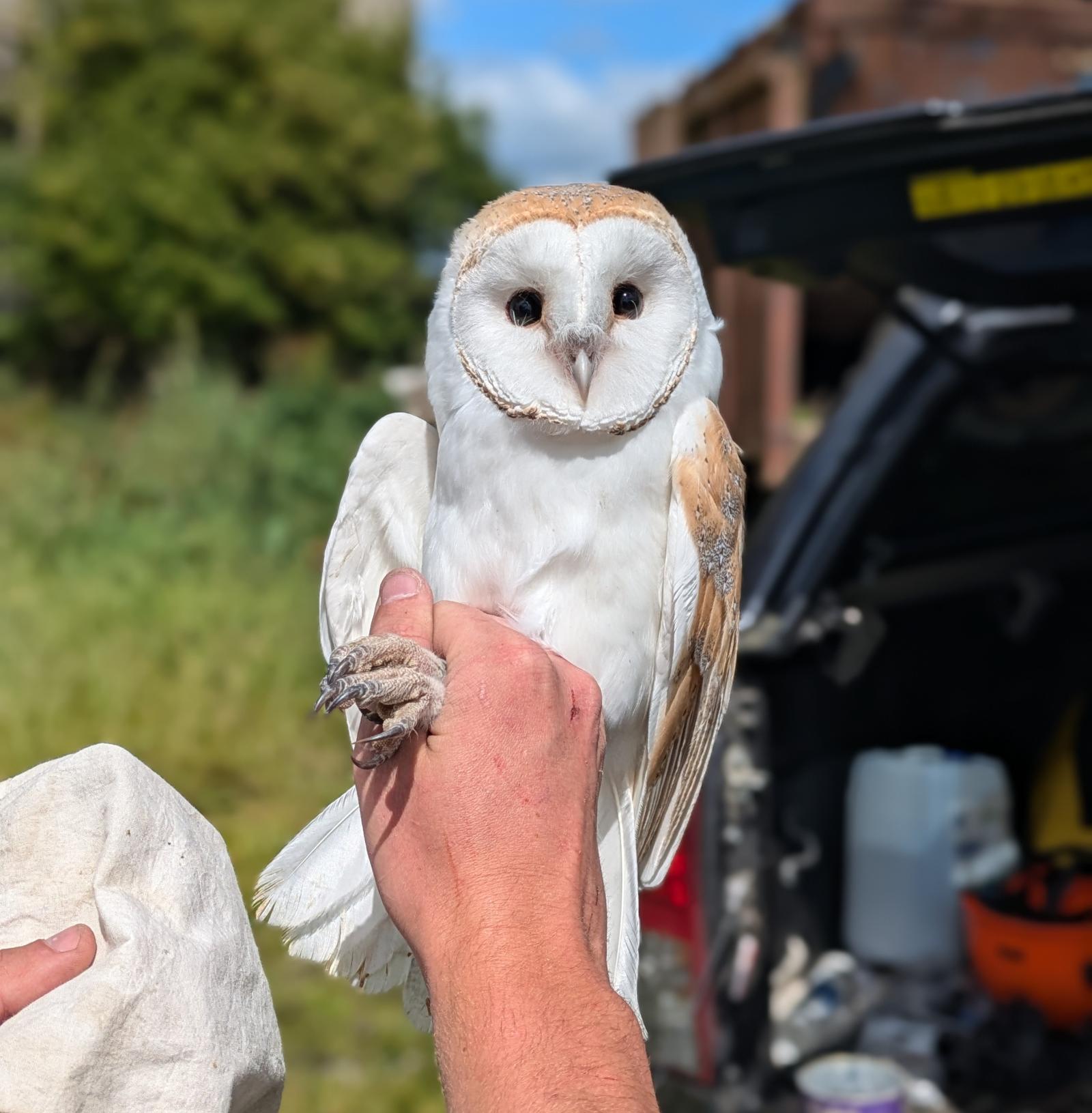The Council, through their Biodiversity Officer Ben Malone, is currently spearheading a number of projects backed by the Local Biodiversity Action Fund (LBAF) to support the promotion of local grassland habitats, including reaching out to students and conducting ongoing trials utilizing more traditional methods of management to rejuvenate grasslands and Barn Owl populations.
The LBAF is operated by the National Parks and Wildlife Service (NPWS) to assist Local Authorities to carry out projects that target the objectives of Ireland’s 4th National Biodiversity Action Plan (NBAP) 2023 – 2030.
Almost €11 million has been granted to Local Authorities through the LBAF since the scheme was established to assist, with Meath County Council receiving approximately €340,000 since 2018. This year, the Council was offered an additional €100,000 for local biodiversity projects.
Speaking about the grasslands in Meath and their importance to us all, Meath County Council Biodiversity Officer Ben Malone said: “While tightly mown amenity grass lawns, playing pitches and pastures for livestock play their own important roles in society, manicured and monoculture grasslands are no match for sensitively managed and species rich meadows when one looks at grasslands through the lens of biodiversity and climate action. Grassland habitats can offer local wildlife a vital lifeline during the summer months when managed correctly. The All-Ireland Pollinator Plan has been immensely successful at broadcasting this important message over the past decade.
“Grasslands or meadows with the highest biodiversity are called semi-natural grasslands. They are hugely important reservoirs for wildlife, supporting a diverse range of plant and animal species.”
This was one of the key messages Ben was imparting recently when over 90 pupils from St. Colmcille’s S.N.S. Co. Educational School paid a visit to a meadow at the foot of Ireland’s only inland lighthouse, the Spire of Lloyd, on the outskirts of Kells.
Students learned about the benefits observed to soil health, the ability for grasslands to absorb more carbon and the increases in biodiversity, both above and below ground, when our grasslands are managed more sympathetically. This is similar to old traditional methods of meadow management that would have been commonplace in our countryside several decades ago.
Since 2022, this small 14-acre field beneath the Spire of Lloyd has been part of an ongoing trial, supported by the NPWS, to find the most ecologically advantageous management strategy for local authority owned grassland. In addition, the trial also considers the multiple uses of the hill, including public amenity and agriculture.
The trial has been overseen by Meath County Council in partnership with a local farmer and has resulted in significant increases in grassland biodiversity. There have been changes observed in plant life within the meadow, including increases in the number of grass and herb (i.e. native wildflowers) species as well as an increasing diversity of insects and other invertebrates thriving in the meadow. All these changes observed at the base of the grassland’s food chain benefit the wider ecosystem, supporting other animal groups such as small mammals, bats and birds.
During the summer months, mown paths through the rich meadow allow for people to visit and walk the site, enjoying far ranging views of the surrounding countryside.
Ireland’s beleaguered Barn Owl in particular stands to benefit from more traditional forms of meadow management. Semi-natural grasslands provide Barn Owl and other birds of prey with prey-rich foraging habitat. The Barn Owl suffered drastic declines in Ireland between the late 1960s and late 2000s. This was largely driven by large scale land use changes and the intensification of farming practices in the rural countryside, resulting in a decline in the abundance and diversity of natural or semi-natural areas of vegetation and unimproved pastures.
However, a survey commissioned by Meath County Council in 2023, again supported by NPWS, revealed the first tentative signs of a population increase in County Meath for the last 50 years. Nevertheless, the breeding population in Meath remains remarkably low. Continued monitoring of known sites in County Meath remains an important task to help local conservationists understand and forecast the fate of local Barn Owl. Meath County Council’s
Biodiversity Officer, Ben Malone, is working with the local Birdwatch Ireland Meath Branch to deliver training to those involved in Barn Owl conservation in Meath in order to continue building evidence to inform practical conservation measures for this endangered species.
Meath County Council’s Biodiversity Officer is supported by the Heritage Council through the National Biodiversity Officer Programme.
